Did you know that you can increase your production by learning how to harvest lettuce properly? The secret is in using the correct technique for that particular variety.
Thankfully, while things can differ slightly from lettuce to lettuce, they require more or less the same tools. For example, you will need something to cut with, such as sharp scissors or a knife, and a basket to collect your leaves.
But with so many different types of lettuce to choose from, it’s easy to see how gardeners can get confused about what they should be doing come harvest time.
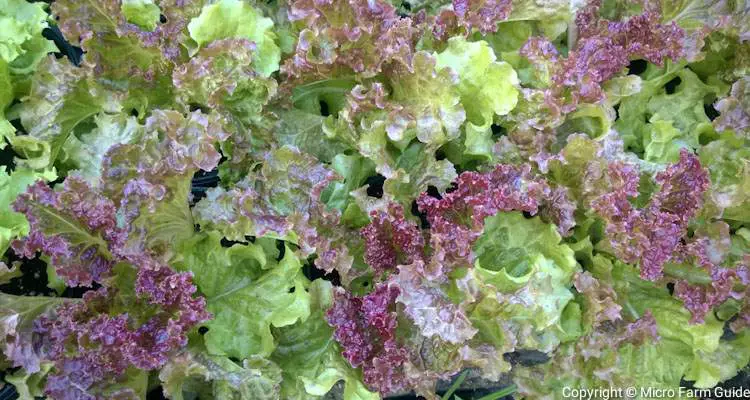
In this post, you’ll learn how to harvest lettuce based on the variety, including some exceptions to these general guidelines that may apply based on where you live.
However, before you start learning how to harvest your particular type of lettuce, it is crucial to know when you should be doing so.
When Should You Start Harvesting Your Lettuce?
Lettuce is an easy vegetable to grow in soil, raised beds, or container gardens. However, it’s not always easy to tell when they are ready to harvest.
Generally, you can start to harvest lettuce leaves within 4 to 10 weeks after sowing seed when the leaves are at least 4 inches long.
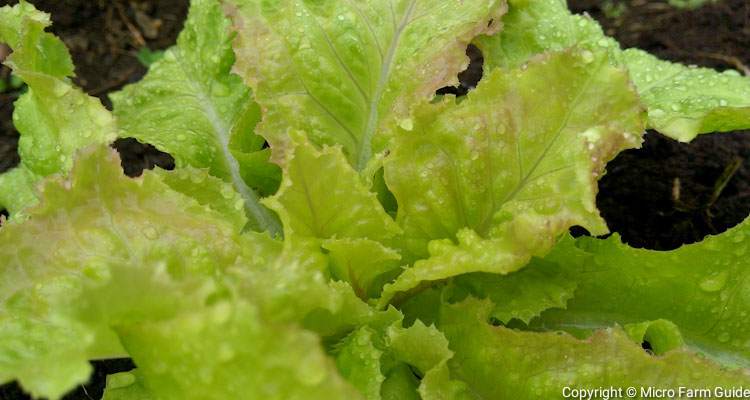
For example, you can harvest baby salad greens just four weeks after planting them.
However, if you want a fully grown leaf or compact head of lettuce, you’ll need to wait at least six weeks until your leaves are around 6 inches tall.
This is the case with Romaine, Butterhead, or Crisphead lettuce, whose outer leaves can be harvested much earlier if you wish.
Note: Usually, the packet that contains your seeds will have a rough estimation on the back. But you should not rely on this alone. Instead, you should keep a keen eye for when they look ready.
How To Harvest Different Types Of Lettuce
There are several unique varieties of lettuce. Nevertheless, there are mainly three ways to harvest them. Let’s look at some famous examples to identify the different methods.
1. Lettuce Microgreens
Microgreens are probably the most effortless and most enjoyable to harvest. If you’re basing your harvest on height, you’ll want to wait until the leaves are around 2 or 3 inches tall.
To harvest lettuce microgreens, you need to cut the plant around half an inch above the soil line, and you’re done.
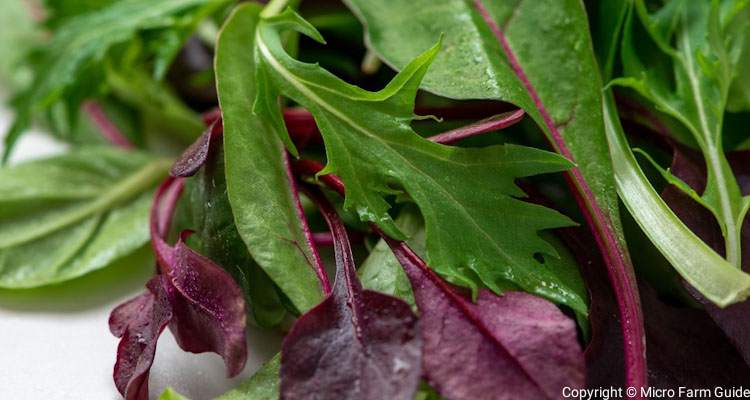
This turnover typically takes between 10 to 15 days after planting your seed. At this point, you can clearly see the first true leaves emerging from the seedlings.
2. Romaine Lettuce (Leaves And Heart)
Romaine Lettuce is pretty famous since you can choose to harvest the crispy leaves or the crunchy hearts.
On average, it takes 50-70 days to mature from seed. During this time, you can begin harvesting its leaves once they have reached a height of at least 6 inches.
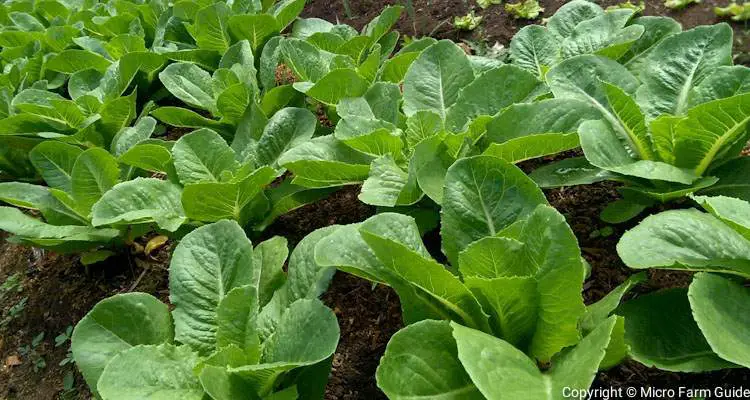
To harvest Romaine lettuce, remove the outer leaves by pressing down and twisting until it separates from the plant.
Alternatively, you can harvest the hearts by cutting them around an inch or two above the soil. Just ensure that they are firm before doing so.
3. Loose Leaf Lettuce (Cut And Come Again)
There is a wide window for harvesting loose-leaf lettuce since there are numerous varieties.
But as a rule of thumb, you can begin to harvest young baby lettuce leaves after around 25 days. It will usually take about 60 days, give or take, for the plant to fully mature.
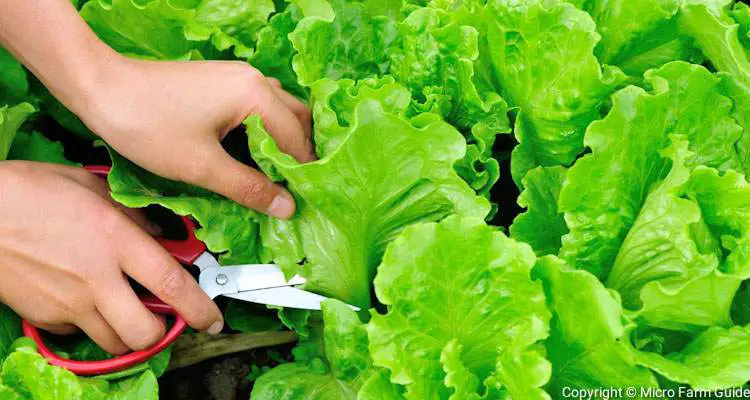
You’ll want to make sure that you harvest this before it bolts. When the leaves of the plant reach around 4 inches tall, you can cut the lettuce around 2 inches above the soil line.
Should the crown still be intact, you can leave it, and the base will begin to harvest again in around two weeks.
4. Crisphead Lettuce
Crisphead or Iceberg lettuce is a popular choice that goes perfectly in a salad. Unlike the lettuces above, it is much better suited to a single harvest.
The best way to harvest Crisphead lettuce is to dig the whole plant and trim off the stalk.
You can do this as soon as it forms a firm head in the center and the leaves are compact. Just be sure to do so before the leaves start to turn brown.
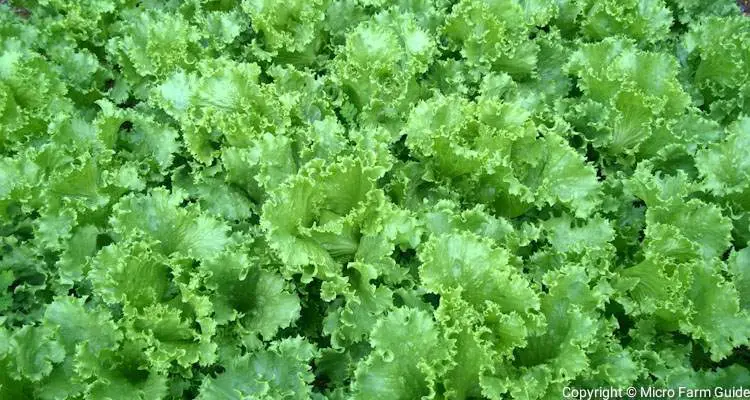
This can take anywhere between 50-70 days after planting. However, harvest sooner during excess rain or heat.
Keep in mind that this lettuce has quite a thick stem which can be hard to harvest. You’ll want to take care not to damage the head while it is still in the ground.
5. Butterhead Lettuce
Butterhead lettuce is a bit of an anomaly in that its flavor is best just before it has completely matured. So you can choose to harvest a little earlier should you wish.
You can remove the head from the garden by cutting just below the head of your lettuce, or you can choose to dig up the entire plant and then remove the stalk.
If space is not an issue, you should leave the base/stalk in the ground. You’ll notice at least two smaller lettuce plants growing from it soon afterward.
Typically, you can harvest Butterhead lettuce about 45 days after you plant the seed when the leaves are between 8 and 15 inches tall.
However, Butterhead harvesting should happen no later than 75 days after planting. Otherwise, you’ll be in for a bitter surprise.
Final Thoughts
Harvesting lettuce really isn’t as difficult as it seems. For the most part, harvesting is more about timing rather than how you do it.
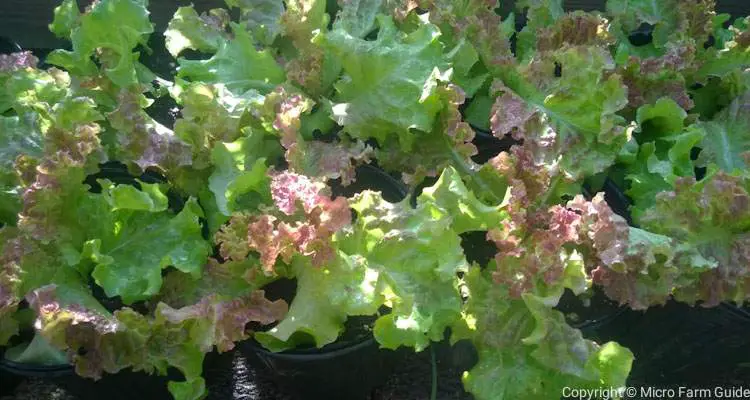
In most cases, you’ll only need to cut your lettuce with some garden shears to harvest them, though, for some instances, you might need to dig up the entire plant.
Either way, you can’t convince me that anything you pick up from the shelves of a store tastes even half as good as homegrown veggies.
References
University Of Maryland Extension. Growing Lettuce in a Home Garden. extension.umd.edu. Accessed October 2022

